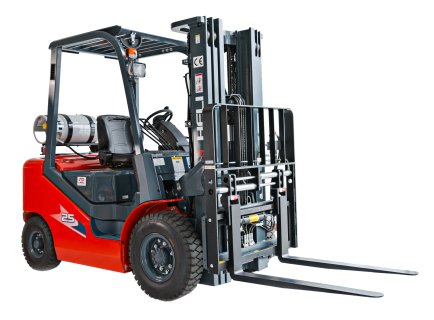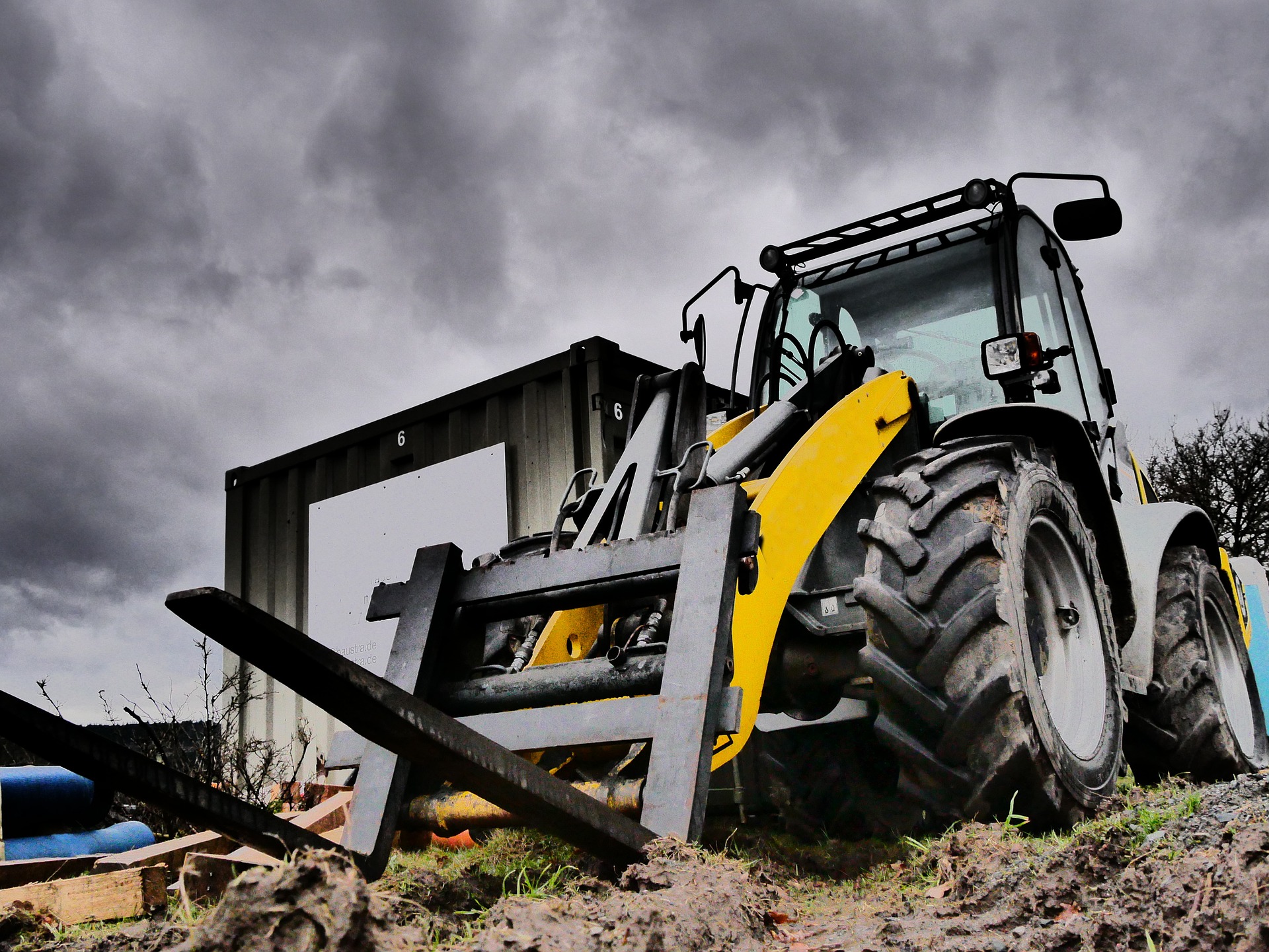Whether you need it for construction, warehouse work, picking the right forklift for the job you need is no easy feat. These things are expensive to rent, and especially to buy. Ending up with a piece of machinery you paid thousands of dollars for only to have it as a glorified 1000 pound paperweight is not something to strive for.
Since there is a variety of technological designs, advancements, and changes, a good forklift has a lot of different characteristics that you need to keep in mind.The following are steps on how to choose the right forklift.
Choice of fuel type
The first element to choose is the fuel type. You have a choice between choosing an electric forklift, or one with internal combustion.
Electric forklifts use lead-acid batteries, which can usually last for one standard shift lasting around 8 hours. With more intense usage, you can get around 6 hours. Now, since the forklift is battery powered, all you need to do is charge it up overnight. It’s very cost-effective, the cheapest fuels source you can get. Furthermore, getting a proper, high-quality electric forklift is a must if you’re working indoors.
They produce zero emission, meaning there is no health hazard when operating one even in the smallest of warehouses. It’s also, of course, environmentally friendly. They are cheaper to operate, but can much more expensive compared to internal combustion forklifts. In fact, they can cost up to 40% more than a regular one. Their maintenance costs are also higher.
Internal combustion forklifts operate on gasoline, liquid propane gas, compressed natural gas, or diesel fuel. While they are not environmentally friendly, and let out emission that can be hazardous in an indoor environment, their initial cost is cheaper than electric forklifts. Furthermore, they usually have a much stronger and greater weight capacity (sometimes even ten times more). They can also be refueled quickly, instead of waiting for a battery to charge up. Their reach also tends to be higher than the reach of electric forklifts.
However, their yearly cost for fuel is almost ten times higher when compared to electric types. They are quite useful for construction jobs where you need to lift heavier and larger objects. Still, for some construction sites, electric forklifts are a viable option. In the long run they are cheaper, and can be used for lighter work.
Load capacity A forklift that can’t lift the loads you need is pretty much useless. Furthermore, if you choose the wrong load capacity, you can damage the forklift, which can lead to injury of the merchandise, and of the operator. And of course, you want to keep your people safe at work at all times.
A forklift that can’t lift the loads you need is pretty much useless. Furthermore, if you choose the wrong load capacity, you can damage the forklift, which can lead to injury of the merchandise, and of the operator. And of course, you want to keep your people safe at work at all times.
So, with that out of the way, figure out what do you need to lift? If you’re in construction you may have heavier girders and blocks to move around, while in a warehouse, you only have regular boxes. Then again, you may need a forklift for heavy stuff, and one for lighter, on the construction site. Two big ones would be overkill.
Think how wide the loads you will need to carry are. What is the heaviest thing you will need to lift, and what is the average weight of the loads you have. Furthermore, think whether you need certain attachments and add-ons.
Determine the needed lift height
Next, how high do you need to lift things? The average forklifts have a lift height of between 8 to 20 feet. However, know that if needed, you can get forklifts that can go higher. On one hand, there is no need to get a forklift that can go higher than you need, since then you’re just wasting money. On the other hand, if there is a situation where you actually do need to lift something very high, you will bleed out money until you get the right forklift for the job.
So, what is the typical lift height for your construction site? How high does it need to go? Furthermore, are there any restrictions you need to take into account (like beams or lights)?
What kind of tires do you need
The main thing to think about when choosing the right tires for your forklift is the work environment. There are essentially three types (that can use different materials). You have pneumatic, solid, or cushion tires.
Cushion tires are made from solid rubber, and sit quite low to the ground. They are very maneuverable, great for warehouse work. In fact, they can only be used indoors, due to the damage and issues they can run into outside.
Pneumatic tires are for heavy-duty lifting, so we’re talking outdoor operations. They are wider and longer, and are made out of rubber. Great for gravel, asphalt, unpaved terrain. However, they are filled with compressed air, and can be punctured.
Solid tire on the other hand cannot be punctured, and never go flat. These are for serious construction zones, lumber yards. They are pretty much indestructible, but are also quite expensive.
Remember that if you see any glimpse of real damage on the tires, you should replace them as soon as possible. Check them at least every other day if you’re working on a construction site, random nails and iron shavings get in everywhere.
A forklift is an absolutely necessary part of any construction of warehouse work. Choosing the right one can mean the difference between a long and drawn out project, or efficient and clean work.


As you mentioned, it is important to find a forklift that can handle the load you are needing to move. My brother has found that he is renting a forklift more and more often, and is ready to purchase one. I will have to ask him if he has done any research on the load capacity that he will need.
My brother in law just opened up a new warehouse for his store and is looking into forklifts. Great job in explaining the different tires types and which one is used for the different jobs, I never knew about this. I will make sure to share this information with my brother in law so he can buy the right forklift.
Great content! Thank you for the pieces of advice you provided us with.
Thank you so much for the post. Furthermore, i recommend you that you look for the proper equiment. I have already started looking for it and I have seen interenting items